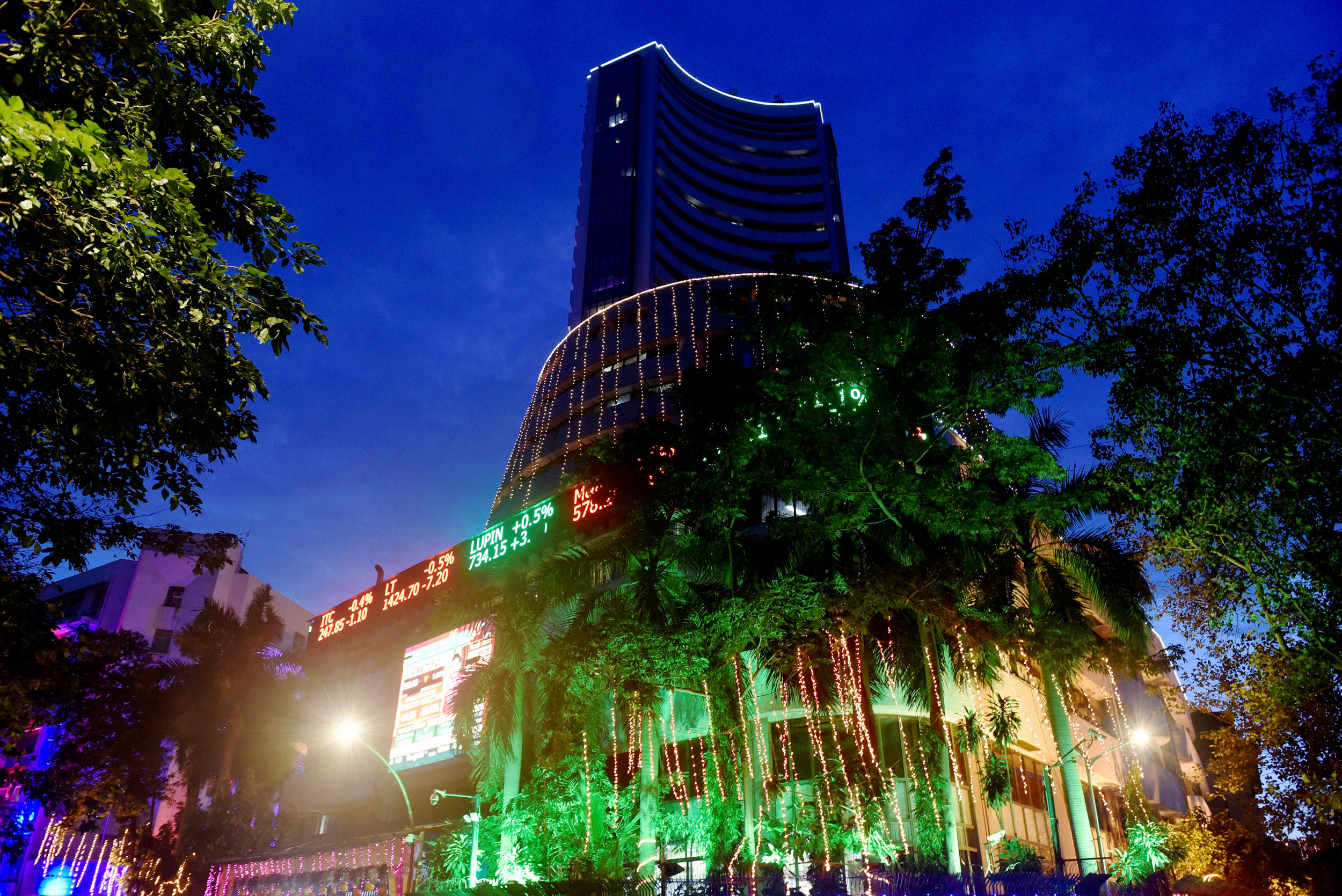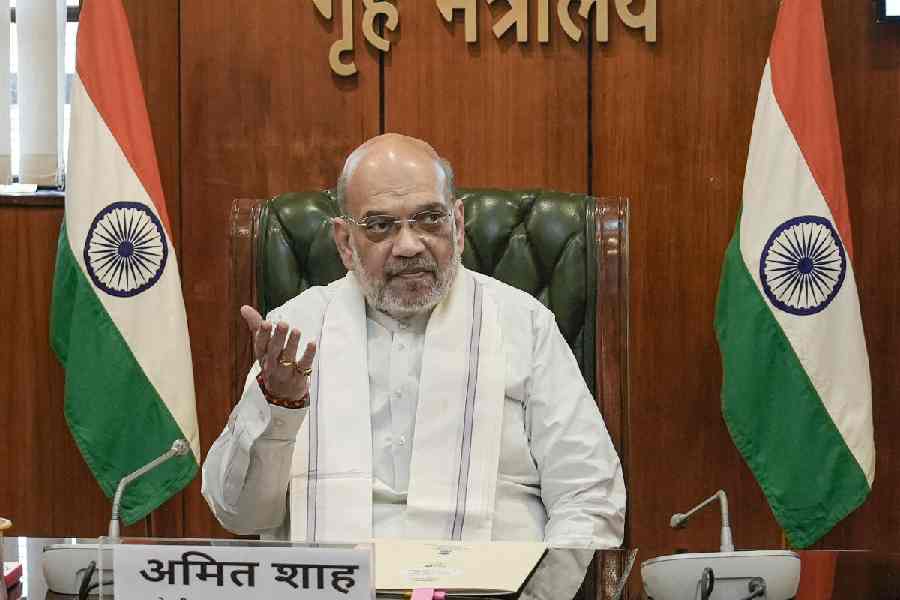Recent data on the Indian economy appear to be contradictory. On the one hand, the stock markets have boomed, with the Sensex touching record high figures. On the other hand, the unemployment rate has climbed up to levels that are cause for concern. Manufacturing in the eight core industries representing the major infrastructure sectors has shrunk by more than 5 per cent during September. What exactly are the stock markets celebrating? Financial assets markets, especially the secondary equity market, reflect the sentiments of financial investors that may not correspond with the larger economic ground reality. A financial investor may think that the prospects of a company, or a set of companies in an industry, appear bright for the future. If some other investors like this person decide to buy, the share price index will be driven up. However, this will be the result of a perceived change in the prospects of a tiny part of the economy: a small fraction of listed companies. A huge part of the economy lies beyond listed companies traded in stock exchanges. Hence, a rise in the stock price index can never reflect an increase in the confidence about the entire economy. In fact, if one were to consider a series of data on the performance of the stock market and the performance of the real economy (the production of tangible goods and services) in India, the correlation would turn out to be negative. When the real economy is not doing well, a wealthy investor, instead of, say, opening a new business unit, is quite likely to park his wealth in stocks. Hence, there is the observed negative association between prices and performance. Market sentiments can be notoriously irrational in their exuberance.
Unemployment rates, however, include a much greater part of the economy than do stock prices. The fact that this rate has climbed sharply is not good news for the economy. It shows that aggregate demand is still too low, and producers of goods and services are unwilling to expand output and employment. If output growth slows down, there is bound to be a slowdown in the demand for infrastructure that feeds all industries. Therefore, the core industries begin to shrink. The decline in consumer spending cannot be rectified by a rise in the Sensex. Looking at the stock markets for indications of a turnaround from the slowdown is unwise. Surprisingly, the government does not seem to be bothered either way.













